If you read our blog "A Primer: Getting Started with Upland Hunting", you might wonder in choosing a shotgun which gauge to get. If you want to start an intense discussion among upland hunters, ask a group of them sitting around the camp wood stove which is the best shotgun gauge for upland hunting. Bring either a thermos of coffee or your favorite adult beverage.
This will be a long and possibly very heated discussion. We all have our personal favorite gun or gauge based on our hunting style. Up front let us say, there is no ONE gauge perfect for upland hunting. Let’s look at some of the factors to consider for the first time upland hunter in selecting a gun and gauge to get started.
Why gauge instead of caliber?
For the person being introduced to the shooting sports a question comes up: "Why are shotguns measured by gauge instead of caliber like rifles?" Even some experience shotgun shooters don’t know the answer. It goes back to the early 1800’s when military smoothbore cannons were measured by the number of pounds of a cannon ball (i.e. 6 pounder, 8 pounder).
Since shotguns are also smoothbore the earliest ones were measured by the number of balls of that diameter it took to equal one pound. So, in a twelve gauge shotgun it would take 12 balls of that bore diameter of .727 inches to weigh in at one pound. Likewise for the 20 gauge, with a bore diameter of .617 inches, it would take 20 lead balls of that diameter to make one pound. There is only one shotgun gauge that is measured in actually bore diameter, the diminutive .410 bore.
What factors should you consider in selecting an upland gauge?
If you are just getting into upland hunting choosing a gun and gauge to get starting is an important decision that leads to success in the field. Some of the things you may want to consider in selecting a gauge to get start are:
- What game will I be hunting?
- Will there be opportunities to pursue multiple species?
- What conditions will I be hunting in? Is the cover open or thick?
- What is the availability of ammunition in the area I hunt?
Let’s look at each of the gauges, starting with the 12, in consideration of those factors and advantages/disadvantages for each.
The 12 bore: is it the best all around?
Without doubt, the 12 gauge is the most popular among all the shotgun gauges out there. Much of this can be attributed to its popularity for clay target shooting. It has probably been the most popular throughout the history of shotgunning because of its large bore diameter.
It is used to take about any wild game you pursue. It’s the preferred gauge for large waterfowl like Canada geese but can also be used to shoot dove darting across a cut corn field on a hot September day.
That versatility is hard to beat. In other words there is no upland game you can’t pursue and use a 12 gauge to do it. So when you are considering the right gauge (if you can only have one) this may be your best bet if numerous species are on your agenda.
The key to using a 12 gauge for multiple upland species is ammunition selection. Another benefit of the 12 gauges is the wide variety of ammunition available and the price.
If ring-necked pheasant is your primary upland target the 12 gauge is a good choice. Pheasant have a reputation for being hardy birds that can take a hit, fall to the ground, and get up running. A hefty load of B&P Heavy Pheasant on target will put them on the ground with confidence.
That same 12 gauge shotgun can also be used for an early season dove hunt. Go with an even lighter load and hunt other upland birds like grouse and woodcock. Again, ammunition choice will be that critical factor where we’ll want to change over to the B&P Heavy Dove & Quail shotshells. If your hunting experience will expand to waterfowl the 12 gauge is the choice of most duck and goose hunters.
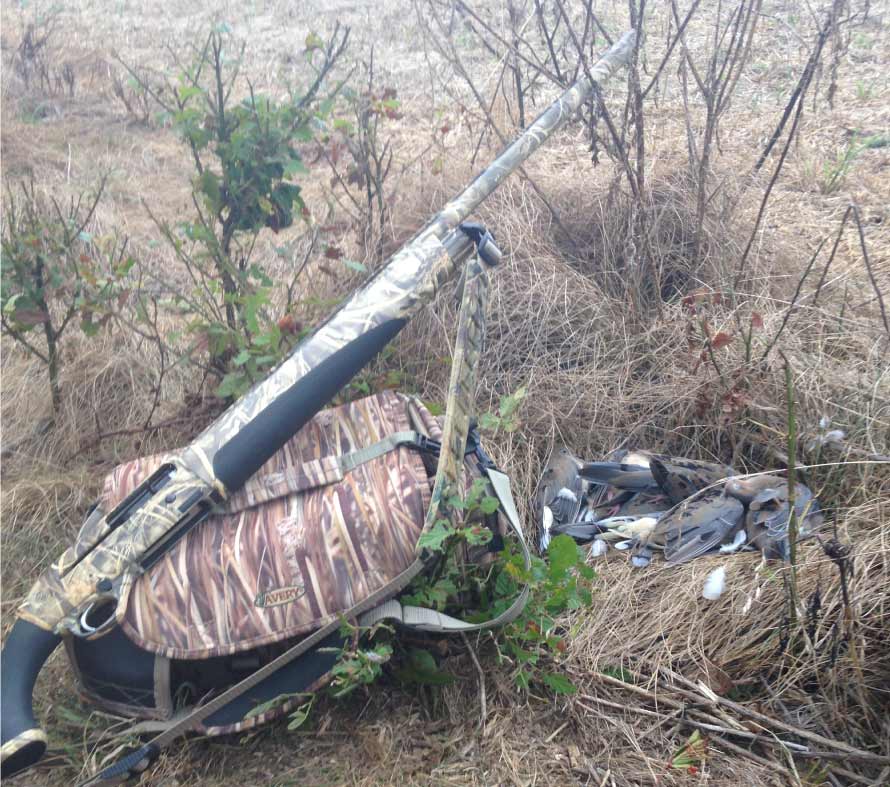
There is another advantage to the 12 gauge but it has nothing to do with the field. Most upland hunters spend time at the clays ranges to maintain and sharpen their wing shooting skills. Whether shooting skeet, trap or sporting clays the 12 gauge will serve you well.
Target loads for the 12 gauge, like the B&P Competition One, are widely available and fairly inexpensive. Word of warning, if your upland gun of choice is a lightweight over/under or side x side a full round of sporting clays might not be the best option even with a light target load.
Shooting 100 rounds in 2 hours or less can cause you to flinch and your score will reflect it. Shoot it too much and that flinch will carry over to the field causing misses. Start out with a round of skeet or trap at 25 rounds to make sure you are comfortable.
So the 12 gauge has much going for it from the perspective of hunting a variety of game as well as ammunition availability. It does have a couple of disadvantages. Because of the gauge, the guns are typically heavier than the smaller gauges. This is something to consider if you are tromping much of the day, particularly through heavy cover, for birds like ruffed grouse and woodcock. There are some light 12 gauges out there in side x side and over/under guns.
Another obvious disadvantage is recoil. If you are recoil sensitive or small framed, you will definitely notice this if you are doing a lot of shooting. You can mitigate recoil by using a semi-auto shotgun but then again gun weight increases with semi-auto actions. These are factors you need to consider.
The 16 gauge: coming back?
Decades ago the 16 gauge (.670” diameter) was considered the most popular upland shotgun among those carrying side x sides. The first semi-auto shotgun introduced by John Browning back in 1906, the Browning A5, was a 16 gauge.
Somewhere along the way its popularity waned with hunters choosing the 12 gauge over the 16. dThe good news is we are seeing a resurgence of the 16 gauge including a reintroduction of the A5 by Browning with many other manufacturers offering over/uner and side x side models in modern guns.
Some hunters consider the 16 gauge a “light 12 gauge” and prefer it for its ballistic performance and lower recoil. A one ounce load of 16 gauge shot is as long as it is round which give good shot patterns. Like its big brother 12 gauge, it can be used effectively for all upland game. Guns are typically lighter than the 12 gauge and in a light weight over/under can be carried all day without wearing yourself out.

There is one big disadvantage to the 16 gauge: ammunition availability. Even with the popularity of 16 gauge guns gaining momentum ammunition makers are slow to catch up with the trend.
The good thing is because the 16 gauge is primarily an upland gauge most loads you do find will meet your need. If this is your gauge of choice, the B&P Classic 16 gauge load will meet your need for any upland game you pursue. This 2 5/8” shell will work both in modern guns as well as an older model you may have inherited. If the 16 gauge interests you, check out this article from The Hunting Spot Blog about its performance, history and revival.
The 20 gauge : a good mid-range alternative
There are a lot of advantages to choosing the 20 gauge (.615” diameter) as an upland gun.
Lighter in weight and with much lower recoil than the dominant 12 gauge, it can handle about all of your upland requirements. The sport is seeing increased interest in the sub-gauges just for those reasons.
It is particularly popular among the upland hunter chasing smaller birds like quail, grouse and woodcock.
Most hunters choosing the 20 gauge will opt for a short, light weight over/under or side x side. But don’t discount the semi-auto thinking it weighs more like the 12 gauge. There are some very light weight semi-autos out there, most notably among them the Beretta A400 Xplor which comes in at just under six pounds.
Because of its popularity, there are a variety of shotgun shells manufactured for the 20 gauge for different purposes. Next to the 12 gauge, it is the most available on the market.

You can pick up a B&P Heavy Pheasant load which is a near equivalent of a standard 12 gauge load in either 2 ¾” 1 ounce or 3” 1 ¼ ounce. If your pursuit is quail, grouse or woodcock the B&P Heavy Dove & Quail load provides a light recoil option in smaller 2 ¾ inch 7.5 and 8 shot. Another advantage – like its 12 gauge brother the 20 gauge is at home on the clay target range.
We like to keep our skills sharp during the offseason and the 20 gauge is well suited for the skeet or sporting clays range. Try the B&P Competition One target load in either 7/8 or 1 ounce loads to improve your success both on the range and in the field. Although its light weight is an advantage in the field, it can work against you on the clays range.
Start out with a round of skeet to see how you handle the recoil before moving on to a full round of sporting clays.
The 28 gauge: growing in popularity
The 28 gauge (.550” bore) is a sub-gauge gaining in popularity among upland hunters, and for good reasons. It meets a lot of the factors we mentioned in the beginning. In the past it was considered an outlier, a specialist’s gun primarily used in skeet. Thanks to developments in shotgun shell ballistics that is changing.
Those improvements have led many to consider the 28 gauge more efficient than the 20 gauge. Pattern testing with these new shotshells indicate better ballistic performance (increased pattern density) than the 20 gauge.
All of this development has led to shotgun manufacturers including it in their lineup of offerings of over/under, side x side, and many semi-auto shotguns. As this article from Guns & Ammo shows, there are some good reasons to look at the 28 gauge as your go to gun for hunting.
If small upland birds like quail and woodcock are your game, consider the 28 gauge. It is also becoming increasingly popular among ruffed grouse hunters as well. The standard load of ¾ ounces of shot, well placed, with dispatch any one of them.
Of course it will work well on rabbit and squirrel with the right load. But what about pheasant? In the past you wouldn’t consider taking a 28 gauge to the field for Ringnecks. That is changing. Check out the B&P Upland Game shotgun loads. You can get it in either ¾ or 1 ounce loads with #5 nickel plated shot that hits hard and penetrates to put pheasant on the ground.
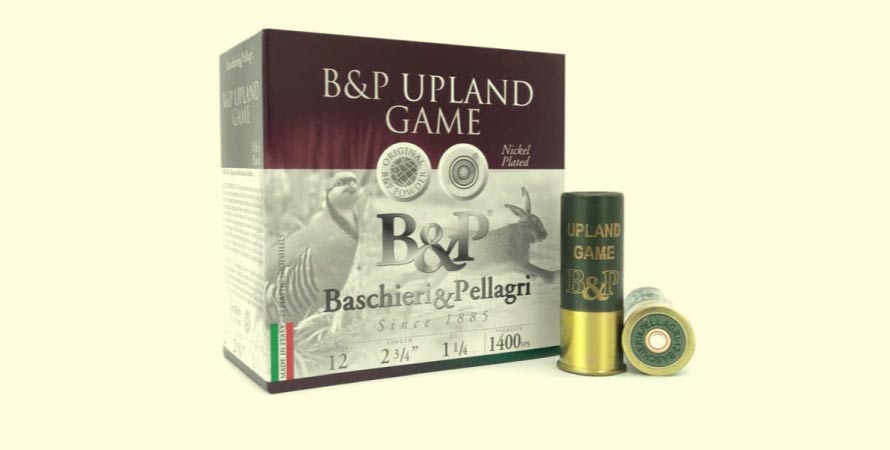
Another attribute upland hunters appreciate is lightweight and quick handling in their shotguns. A 28 gauge can fit the bill. They are nimble and short barreled which make them a joy to carry in the field all day and point quickly for flushing grouse or woodcock in thick cover.
With all those advantages, there is one slight disadvantage it shares with the 16 gauge: availability and cost of ammunition. Yes, major manufacturers do provide a wide range of 28 gauge loads. Finding them at your local retailer, or if you are travelling to hunt, may be a challenge. If the 28 gauge is your choice of upland guns, better to buy them in quantity. Natchez is the U.S. retail agent for B&P and sells all their shells by the case.
One other thing to consider. If your upland gun will also cross over to hunt waterfowl the 28 gauge is not the gun for you. Ducks are tough to take down and the 28 gauge doesn’t pack enough punch. Manufacturers recognize that and don’t produce non-toxic shot in the large shot sizes needed for waterfowl.
The .410: for the specialist
The last, and smallest, of the standard American shotgun gauges actually isn’t a gauge. The .410 is the only one designated by its actual bore diameter. Many American hunters count the .410 as the first shotgun they ever shot or owned.
It is considered as ideal for the young shooter because of its low recoil and light weight. In recent years that perspective has changed and it has become more of a specialists’ shotgun. Why?
The biggest disadvantage for the .410 bore is its low shot volume. There’s just not much room to stuff a lot of shot into that .410” wide shell. Typical .410 bore shells hold ½ ounce in a 2 ¾ inch shell to 11/16 ounce in a 3 inch shell. B&P does offer an Upland Game load in a 3 inch shell with a full ¾ ounce of shot. That is why the .410 bore is a specialist gun.
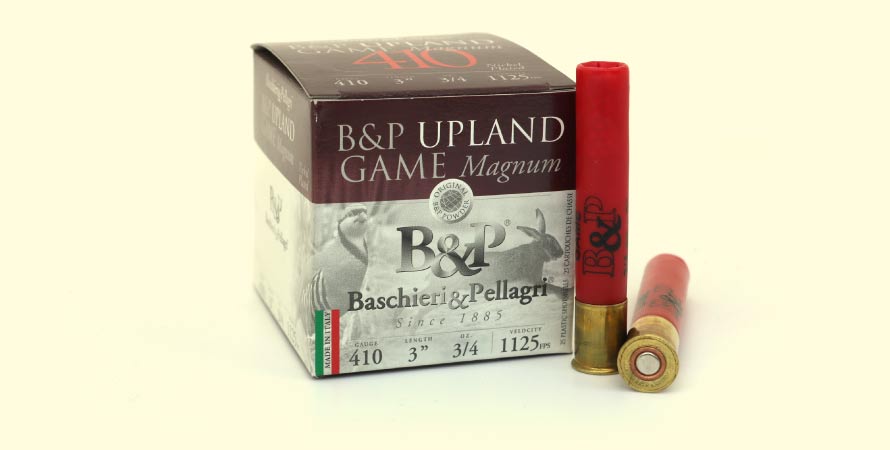
If you are only hunting one upland species that is small and offers close shots, like quail or woodcock, the .410 may be something to consider. It is also a great choice for rabbit and squirrel if that’s something you may be pursuing.
Because it is in such low demand by gunners, shotgun models chambered in .410 bore will be more difficult to find. And if you think 28 gauge ammunition is difficult to find, it is even more exasperating for the .410 bore. Very few retailers carry them and those that do have limited offerings for shot weight and size.
Final answer – there is no perfect upland gauge
After reading all of this are you even more confused as to a choice for an upland gauge? That is why those arguments start around upland camp fireplaces. It really comes down to individual preferences.
If you are just getting started upland hunting don’t just think about that first experience with a species you pursue. Think about where the journey will take you. You can’t beat the versatility of the 12 gauge as long as weight and recoil are not issues. It also gives you the muscle you’ll need if your outdoor experiences expand to ducks and particularly geese.
A strong case can also be made for the choice of a 20 gauge for all upland hunting. With a 20 gauge you can use your choice of ammunition to adapt to the game you pursue. A light load #7 ½ or 8 shot will perform well for birds like grouse, quail, or woodcock.
Step up to a 3 inch shell loaded with nickel plated shot of #4 or 5 and you can confidently walk through the cut corn fields for Ring-necked Pheasant. If the future leads you into duck hunting for decoying mallards you will also be able to find non-toxic shot that meets your need. Practice on the clays range will be a pleasure with the 20 gauge also.
But then again, when you start that conversation by the camp stove listen to the experienced hunters talk. You will find that most of them own multiple shotguns in a variety of gauges to handle various shooting conditions and experiences. We like and subscribe to that concept. Maybe a gun in each gauge is in the future.

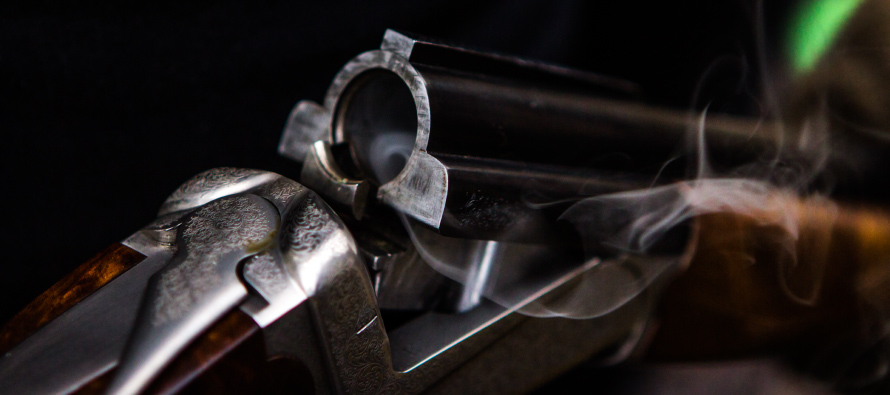

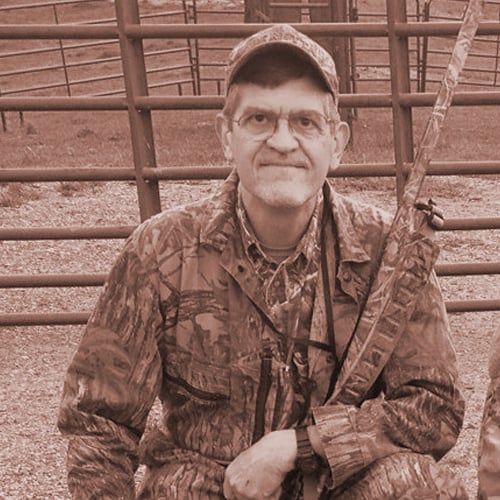
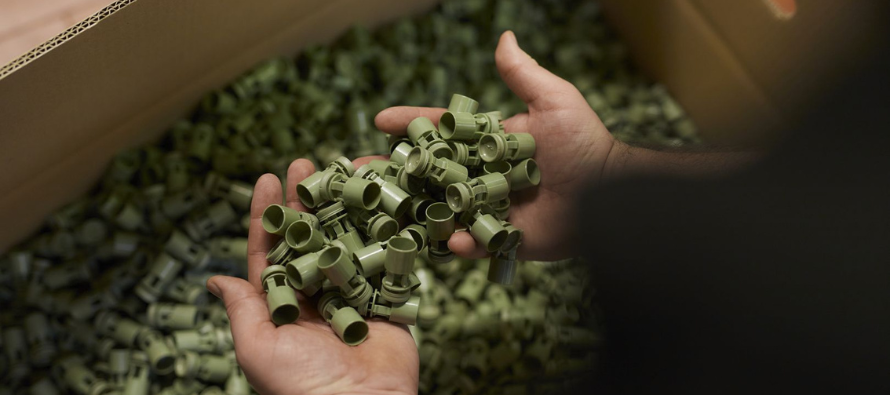

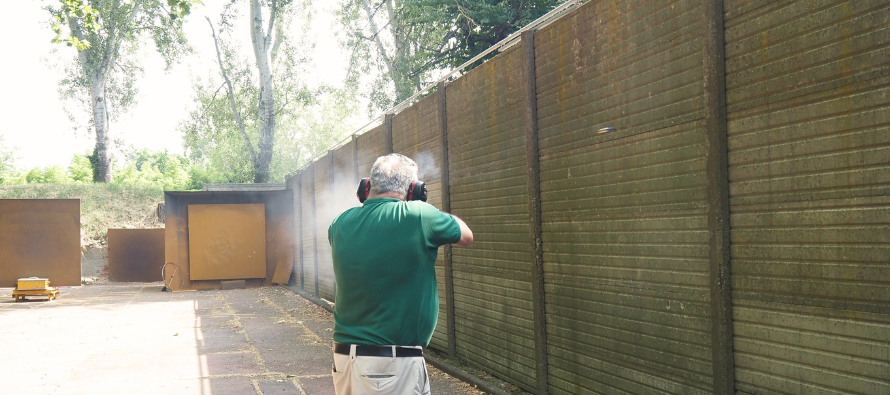
Comment this post